How A Seafood Waste Stream Is Being Transformed Into A Multi-Use Biopolymer
.jpg)
Overall, our modern food system does a good job of preventing resource waste by finding ways to utilize the various byproducts that it generates along the way. Often those streams can be even further “upcycled" from low value uses to higher value applications.
There is a recent example of what was a major waste-stream that is now being tapped as the basis for a wide range of useful products.
The product is a biopolymer called chitosan which can be made from the shells of crustaceans – e.g., crabs, lobsters, and shrimp. When those animals are processed to make consumer-level products, the shells were typically treated as waste that was either dumped in the ocean, incinerated, or sent to landfills.
Two individuals who were involved in the seafood industry (Craig Kasberg and Zach Wilkinson) were independently looking into the potential to find a better use for the shells because they were bothered about that and other waste issues.
A mutual friend introduced them because he had heard them both talking about chitosan. They ended up starting a company called Tidal Vision which subsequently worked out a novel and scalable method to extract chitosan from the shells.
Background biology: The hard outer shells of crustaceans are made of something called chitin, the second most abundant polymer on the planet, after cellulose from plants. Chitin then undergoes a deacetylation process to become chitosan, where it then has some unique and interesting properties because of its “cationic” (positive) charge. This gives it the capacity to form an ionic bond with any chemical that has an “anionic” (negative) charge.
This natural chemical has been known and used for a long time, but it was always relatively expensive. The Tidal Vision proprietary chitin and chitosan extraction method uses recyclable “green chemistry” solvents and generates a usable fertilizer byproduct in addition to the chitosan.
This lower-cost chitosan has been a game changer because suddenly there are so many more practical uses, with at least 400 potential applications being identified so far. One of the reasons for this breadth of uses is that chitosan can exist in various forms. It is possible to generate different chain lengths of the polymer and different degrees of "de-acetylation.”
)
)
)



)
)
)
)
)
)
)
)
)
)
)
)
)
)
)
)
)
)
)
)
)
)
)
)
)
)
)
)
)
)
)
)
)
)
)
)
)
)
)